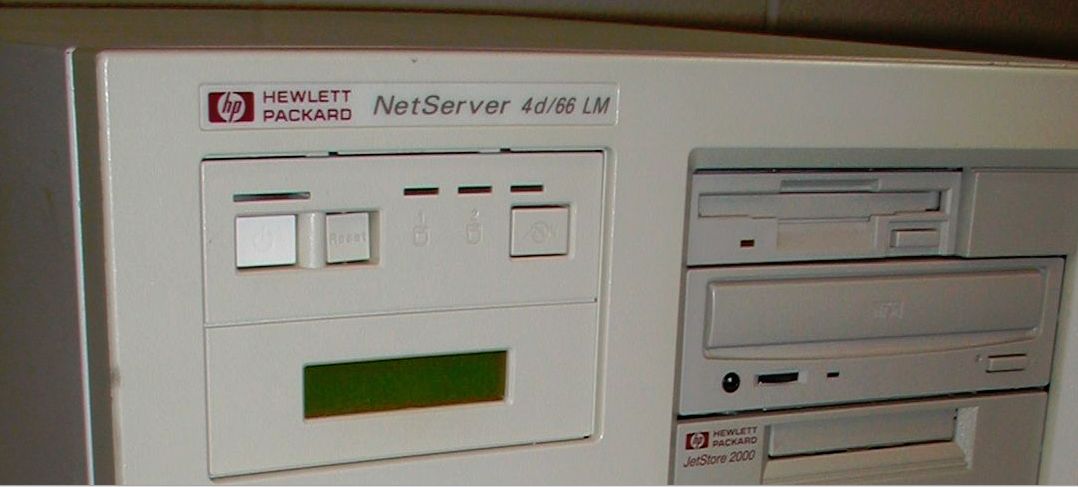billdeg
Technician
http://vintagecomputer.net/hp/Netserver_4d66LM/
Completely dead. No change with warrantied power supply installed.
I am thinking something on the motherboard has shorted. I removed peripheral boards, etc. No change. Anyone with related experience/solution other than "replace the motherboard"? I could I attempt repairs to the motherboard but that may be more trouble than it is worth to me.
UPDATE - It's probably the Dallas real-time chip, nevermind. I searched around for a battery but I did not notice it before...duh right in front of my face.
Anyway, this is one of those 486 to P/66 upgraded systems. It seems like the NetServer model had 4 versions of the same box with a different front plate (and power supply with one extra connector) but otherwise the same. I.e one could get the Netserver with a factory-installed P 66 or the version with the 486 EISA processor. I have the 486 EISA processor so this one must have been field-upgraded and the orig owner held onto the original CPU. Ordered the Dallas 1287.
Bill
Completely dead. No change with warrantied power supply installed.
I am thinking something on the motherboard has shorted. I removed peripheral boards, etc. No change. Anyone with related experience/solution other than "replace the motherboard"? I could I attempt repairs to the motherboard but that may be more trouble than it is worth to me.
UPDATE - It's probably the Dallas real-time chip, nevermind. I searched around for a battery but I did not notice it before...duh right in front of my face.
Anyway, this is one of those 486 to P/66 upgraded systems. It seems like the NetServer model had 4 versions of the same box with a different front plate (and power supply with one extra connector) but otherwise the same. I.e one could get the Netserver with a factory-installed P 66 or the version with the 486 EISA processor. I have the 486 EISA processor so this one must have been field-upgraded and the orig owner held onto the original CPU. Ordered the Dallas 1287.
Bill
Last edited:

